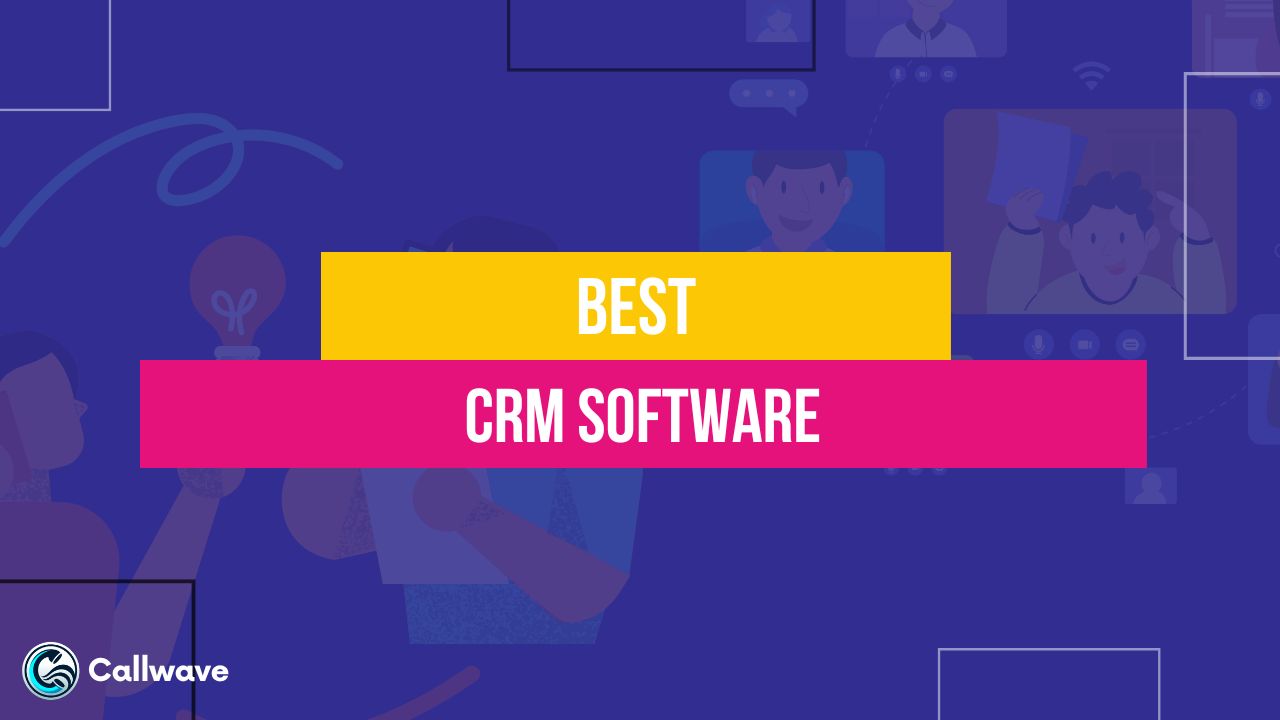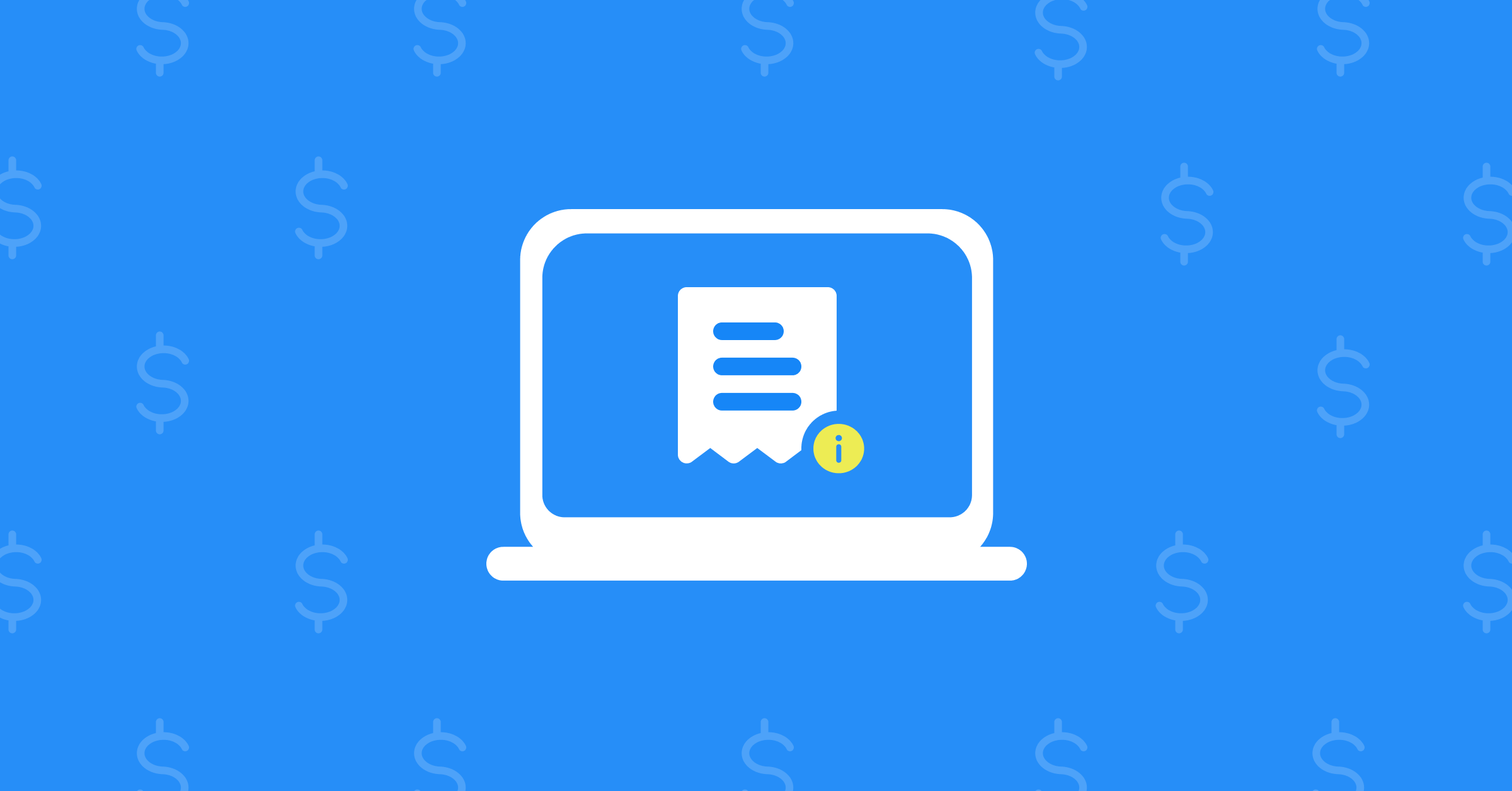Remote IoT Management Software Examples: Your Ultimate Guide To Streamlining IoT Operations
Let’s face it, the Internet of Things (IoT) is no longer just a buzzword—it’s a reality that’s transforming industries across the globe. And when it comes to managing IoT devices, remote IoT management software is the secret weapon every tech-savvy business needs. Whether you’re running a smart factory, monitoring environmental sensors, or automating home appliances, having the right software can make all the difference. But with so many options out there, how do you pick the best one for your needs? Let’s dive in and explore some of the top remote IoT management software examples that are worth your time.
Imagine this: you’ve got hundreds, if not thousands, of IoT devices scattered across different locations. Keeping track of them manually would be a nightmare. That’s where remote IoT management software steps in like a superhero, saving the day by offering centralized control, real-time monitoring, and seamless updates. It’s like having a virtual assistant that keeps everything running smoothly without breaking a sweat.
Now, before we jump into the nitty-gritty, let’s address the elephant in the room. Not all remote IoT management software is created equal. Some are great for small-scale projects, while others are built for enterprise-level operations. In this guide, we’ll break down the best examples, highlight their key features, and help you find the perfect match for your business. So, buckle up, because we’re about to take a deep dive into the world of IoT management!
Read also:Chiaki Inaba The Gaming Genius Behind Some Of The Most Iconic Titles
Why Remote IoT Management Software Matters
First things first, why should you even care about remote IoT management software? Well, here’s the deal: IoT devices generate massive amounts of data, and managing that data efficiently is crucial for success. Without the right tools, you could end up with a chaotic mess of disconnected devices, missed alerts, and skyrocketing costs. Remote IoT management software solves these problems by providing a unified platform that lets you:
- Monitor device performance in real-time.
- Automate routine tasks like firmware updates and security patches.
- Scale your IoT infrastructure effortlessly as your business grows.
- Enhance security by detecting and mitigating potential threats.
Think of it as the brain behind your IoT network. It ensures that everything works together seamlessly, saving you time, money, and a whole lot of headaches. And trust me, in today’s fast-paced tech world, that’s a game-changer.
Top 10 Remote IoT Management Software Examples
Now that we’ve established why remote IoT management software is important, let’s take a look at some of the best examples out there. These platforms have proven their worth in the field, offering robust features and reliable performance. So, without further ado, here’s the list:
1. AWS IoT Core
AWS IoT Core is like the powerhouse of remote IoT management software. Developed by Amazon Web Services, it’s designed to handle billions of devices and trillions of messages. Whether you’re building a smart city or a connected home, AWS IoT Core has got you covered. Key features include:
- Secure device registration and authentication.
- Real-time communication using MQTT and HTTP protocols.
- Integration with other AWS services for advanced analytics.
It’s a bit pricey, but if you’re looking for enterprise-grade reliability, AWS IoT Core is definitely worth considering.
2. Microsoft Azure IoT Hub
Another heavy hitter in the IoT management space is Microsoft Azure IoT Hub. This cloud-based platform offers end-to-end solutions for managing IoT devices, from data collection to analytics. Some of its standout features include:
Read also:Michael Imperioli Scar The Story Behind The Iconic Mark
- Device-to-cloud and cloud-to-device messaging.
- Support for custom protocols and device twins.
- Integration with Azure Machine Learning for predictive maintenance.
Azure IoT Hub is a great choice for businesses already invested in the Microsoft ecosystem, as it integrates seamlessly with other Azure services.
3. IBM Watson IoT Platform
IBM Watson IoT Platform brings artificial intelligence to the table, enabling smarter decision-making for your IoT network. With its advanced analytics capabilities, you can gain valuable insights from your data and optimize your operations. Key features include:
- Real-time data processing and visualization.
- AI-powered anomaly detection and predictive maintenance.
- Integration with IBM Cloud for scalable deployment.
If you’re looking to harness the power of AI in your IoT management, IBM Watson IoT Platform is a solid option.
4. ThingWorx
ThingWorx by PTC is an industrial IoT platform that focuses on simplifying complex IoT deployments. It’s particularly popular in manufacturing and logistics industries, where efficiency and reliability are paramount. Some of its notable features include:
- Pre-built connectors for popular industrial devices.
- Drag-and-drop interface for creating custom dashboards.
- Support for edge computing and offline functionality.
ThingWorx is ideal for businesses that need a user-friendly platform with robust industrial capabilities.
5. Google Cloud IoT Core
Google Cloud IoT Core is another cloud-based solution that offers seamless integration with Google’s data analytics and machine learning tools. It’s perfect for organizations that want to leverage the power of Google’s ecosystem. Key features include:
- Scalable infrastructure for handling large-scale IoT deployments.
- Advanced security features like device authentication and encryption.
- Integration with BigQuery for real-time data analysis.
With Google Cloud IoT Core, you can unlock the full potential of your IoT data and make data-driven decisions.
6. Losant
Losant is a versatile IoT platform that caters to both developers and non-developers alike. Its intuitive interface makes it easy to build and deploy IoT applications without requiring extensive coding skills. Some of its standout features include:
- Low-code development environment for rapid prototyping.
- Pre-built workflows for common IoT use cases.
- Support for both cloud and on-premise deployment.
Losant is a great choice for businesses that want to get started with IoT quickly and easily.
7. Blynk
Blynk is a user-friendly IoT platform that focuses on simplicity and accessibility. It’s particularly popular among hobbyists and small businesses that don’t need enterprise-level features. Key features include:
- Drag-and-drop interface for creating custom dashboards.
- Support for a wide range of IoT devices and sensors.
- Mobile app integration for remote monitoring and control.
If you’re just starting out with IoT and want a platform that’s easy to use, Blynk is definitely worth checking out.
8. DevicePilot
DevicePilot is a cloud-based IoT management platform that emphasizes operational efficiency. It’s designed to help businesses reduce downtime and improve device performance through proactive monitoring. Some of its key features include:
- Real-time alerts and notifications for critical issues.
- Automated workflows for routine maintenance tasks.
- Integration with popular CRM and ERP systems.
DevicePilot is a great choice for businesses that want to optimize their IoT operations and improve customer satisfaction.
9. Particle
Particle is an IoT platform that offers end-to-end solutions for building and managing IoT devices. It’s particularly popular among startups and small businesses that need a cost-effective solution. Key features include:
- Cloud-based device management with over-the-air updates.
- Support for cellular and Wi-Fi connectivity options.
- Open-source hardware and software for customization.
Particle is a great choice for businesses that want a flexible and affordable IoT platform.
10. HiveMQ
HiveMQ is an MQTT broker that specializes in high-performance IoT messaging. It’s particularly popular in industries that require low-latency communication, such as automotive and healthcare. Some of its standout features include:
- Scalable architecture for handling millions of devices.
- Support for MQTT 5.0 protocol for enhanced functionality.
- Integration with popular cloud platforms like AWS and Azure.
If you’re looking for a reliable messaging solution for your IoT network, HiveMQ is definitely worth considering.
Choosing the Right Remote IoT Management Software
Now that you’ve seen some of the top remote IoT management software examples, how do you choose the right one for your business? Here are a few factors to consider:
1. Scalability
Make sure the platform can handle the number of devices you plan to manage, both now and in the future. You don’t want to outgrow your software in a year or two.
2. Security
IoT devices are prime targets for cyberattacks, so security should be a top priority. Look for platforms that offer robust authentication, encryption, and threat detection capabilities.
3. Ease of Use
If the platform is too complicated, your team might struggle to use it effectively. Choose a solution that’s intuitive and easy to learn, even for non-technical users.
4. Integration
Consider whether the platform integrates with your existing systems and tools. Seamless integration can save you a lot of time and effort in the long run.
5. Cost
Finally, make sure the platform fits within your budget. While some platforms offer free tiers, others can be quite expensive. Weigh the costs against the benefits before making a decision.
Remote IoT Management Software: A Game-Changer for Businesses
Remote IoT management software is more than just a tool—it’s a game-changer for businesses looking to harness the power of IoT. By providing centralized control, real-time monitoring, and automated updates, these platforms can help you optimize your operations and stay ahead of the competition.
Final Thoughts
As we wrap up this guide, it’s clear that remote IoT management software is an essential component of any IoT deployment. Whether you’re a small startup or a large enterprise, finding the right platform can make all the difference. So, take your time, evaluate your options, and choose the one that aligns with your business goals.
And remember, the world of IoT is constantly evolving, so stay informed and keep exploring new possibilities. Who knows? Your next big idea might just be around the corner. Now, go ahead and share your thoughts in the comments below or check out our other articles for more insights on IoT and technology. Let’s keep the conversation going!
Table of Contents
Why Remote IoT Management Software Matters
Top 10 Remote IoT Management Software Examples
Choosing the Right Remote IoT Management Software
Remote IoT Management Software: A Game-Changer for Businesses
Article Recommendations

![10 Best CRM Software Examples And their UseCases [2024] Stackby](https://stackby.com/blog/content/images/size/w2000/2023/03/CRM-Software-Examples-And-Use-Cases.png)
